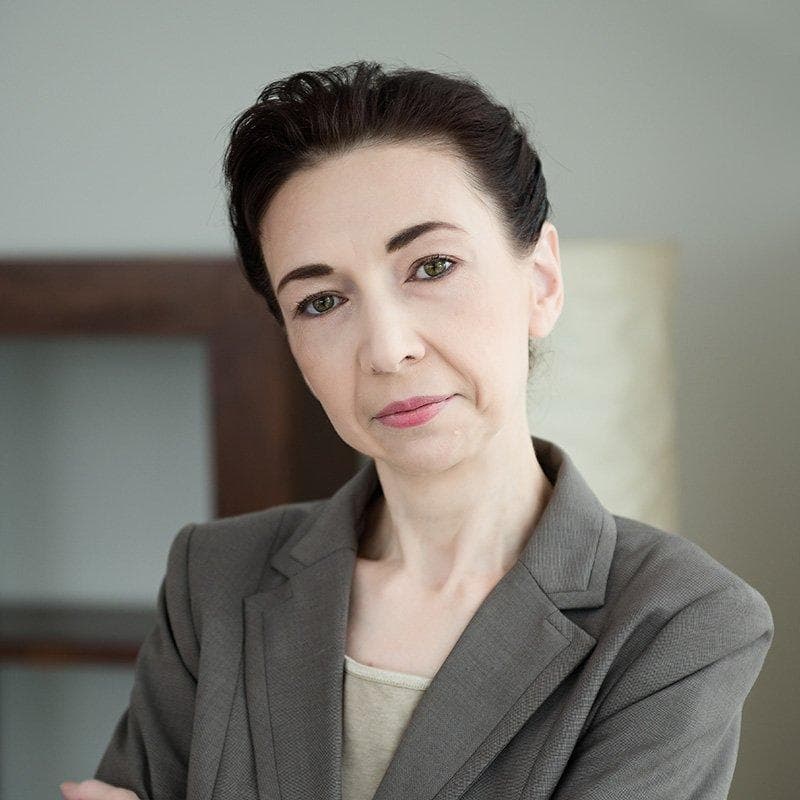Dimensions of labor relations

Professional burnout is a term that has taken firm root in recent years in the discourse on the relationship between professional work and mental health. Public awareness of the condition seems to be increasing rapidly, and an increasing number of people are able not only to characterize occupational burnout in general terms, but also to list its three most important components - a feeling of mental and physical fatigue, cynicism about work or clients, and an understated sense of one's accomplishments. However, before we get to the symptoms of burnout subsumed under these three dimensions, it is worth reviewing the six levels of the relationship between man and work in which the syndrome is born.
The relationship between two people can be characterized by various areas (e.g. closeness, intimacy, mutual affection, compatibility of values, etc.). The case is no different with the employee-work relationship (understood here more generally than just the workplace), which, according to Christina Maslach and Michael Leiter (forerunners of the burnout phenomenon), can be described in terms of workload, control, compensation, community, fairness and values. As in the aforementioned relationship, a mismatch in these areas will most likely result in a buildup of tension and ultimately a burnout syndrome.
Workload (workload) refers to the amount of work we have to do, as well as the time we spend on it. We should pay attention to whether it suits us how many tasks we have to do, how much time we have available, or the ratio of time spent on work to free time. Paradoxically, too low an amount of assigned tasks can also be a factor in generating burnout.
Another dimension is control (control), or in other words, a sense of autonomy and responsibility in one's professional activities. This dimension is concerned with issues such as being able to decide on one's own actions, feeling respected as a competent professional, or adopting a work direction that is consistent with one's knowledge.
The third tier of the work-employee relationship is reward (rewards). It should be noted that this is not just about monetary compensation (although that too is important), but also about the sense of recognition and appreciation by other employees, opportunities for advancement, or non-financial resources available to us such as medical care or other benefits.
As for the community (community) dimension, it includes feelings about being among other people. Key points in this category relate to feeling safe in the workplace, the optimal amount of time spent with others, or feeling respected in social interactions.
The dimension of fairness (fairness) refers to whether decisions in our workplace are made in a fair and equitable manner, for example, in the allocation of different types of resources among the various bodies of the institution. In addition, there will be issues regarding the affordability of the grievance process to the HR department, as well as a sense of respect for diversity in the workplace.
The last mentioned level of relationship with work is values, and therefore a set of issues related to the morality of actions. This is a field for assessing whether the direction and specifics of workplace activities are in line with both our personal values and beliefs, as well as the desire to improve the quality of life for the general public, and respect for the planet.
It is worth noting that this approach to the genesis of burnout syndrome is relative and dependent on personal preferences. Individuals will differ, for example, in their preferred number of tasks or their specificity, so no preconceived norm applies here. The key concept for such a view is mismatch, which can appear in at least one of the above-mentioned dimensions of an employee's relationship with work and become the axis of the development of burnout.





